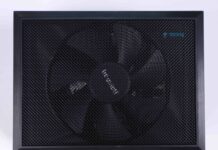Efficiency Meets Performance!
Review Summary
XPG CyberCore II 1000W is a reliable choice for modern PC builders and gamers like myself. Its efficiency and adherence to Intel’s ATX 3.0 design guide ensure compatibility with the latest hardware while delivering stable power output, which is crucial for smooth performance during intense gaming sessions or demanding workloads. However, it’s worth noting that the absence of a Hybrid Fan mode and the presence of hard-sleeved cables could be potential drawbacks for some users. Despite these limitations, the compact design and premium components of the XPG CyberCore II PSU make it a solid choice for those seeking reliability and performance in their PC builds.
Hours Tested: 7
Overall
-
Value - 9.5/10
9.5/10
-
Build Quality - 9.6/10
9.6/10
-
Performance - 9.4/10
9.4/10
-
Future-Proofing - 9/10
9/10
Pros
- Extremely efficient
- Silent operation
- Compact design
Cons
- No Hybrid Fan mode
- Hard sleeved cables
The XPG CyberCore II 1000W 80 PLUS Platinum series has been upgraded to meet the new criteria laid forth by Intel’s ATX 3.0 design guide. Due to stricter voltage and current management regulations, changes were necessary to handle next-generation hardware safely and effectively.
Moreover, Nidec’s state-of-the-art XPG VENTO PRO 120 PWM Fan is another means by which XPG has improved the CyberCore cooling system to provide peak performance. Continually committed to meeting the needs of today’s gamers, XPG is continually developing cutting-edge products.
With that said, I have tested the XPG CyberCore II 1000W to share my thoughts on this PSU.
- Why you can trust Tech4Gamers: Our reviews are based on dedicated hands-on testing by our team of experienced hardware experts. Find out more about how we test.
Key Takeaways
- The XPG CyberCore II 80 PLUS Platinum PSU offers high efficiency and reliability. Featuring a state-of-the-art cooling system with a Nidec VENTO PRO 120 PWM Fan, it ensures peak performance while maintaining quiet operation.
- What I liked about the XPG CyberCore II 1000W is its silent operation thanks to its advanced cooling system and intelligently engineered fan curve under normal to moderate loads.
- What I didn’t like about the XPG CyberCore II 1000W is that it doesn’t have a Hybrid Fan mode, which allows the fan to operate in a semi-passive mode, remaining idle under low loads for silent operation.
- The XPG CyberCore II 1000W is a perfect fit for enthusiast gamers and PC builders due to its high efficiency, stable power delivery, and compatibility with next-generation hardware.
Here are the specifications:
| Dimensions (L x W x H) | 160 x 150 x 86mm |
| Cybenetics Rating | ETA PLATINUM and LAMBDA A- |
| 80 Plus Rating | PLATINUM |
| ATX Version | Intel ATX 12V v2.52 |
| Protections | OCP / OVP / UVP / OPP / SCP / OTP / NLO / SIP |
| Certification | CE / CB/ FCC(IC) / TUV / cTUVus / TUV S-Mark / NOM / BSMI / UKCA / EAC |
| PFC | >0.99 |
| Input Voltage | 100-240V |
| Input Current | 13A |
| Input Frequency | 50Hz-60Hz |
| Operating Temperature | 50°C |
| Fan Size | 120mm |
| Fan Bearing | Dual Ball Bearing |
| Fan Speed | 2,150 RPM |
| MTBF | 120K hours at 25°C |
| Weight | Product+cables:1.96kg+1.35kg (4.32lb+3.0lb) ±5%, with Package:4.13kg (9.1lb) ±5% |
| Warranty | 10 Years |
Packaging & Unboxing
The striking red background of the box is sure to catch the viewer’s attention. Several badges, one of which is the Cybenetics rating, can be found at the front. With packing foam covering the PSU, the box provides outstanding safety. You can discover the basic performance and compliance information printed on the back and sides of the package. The 8 industrial-level mechanisms and 10-year warranty of XPG CyberCore II guarantee the stability and safety of the device and the system.
Box Content & Cables
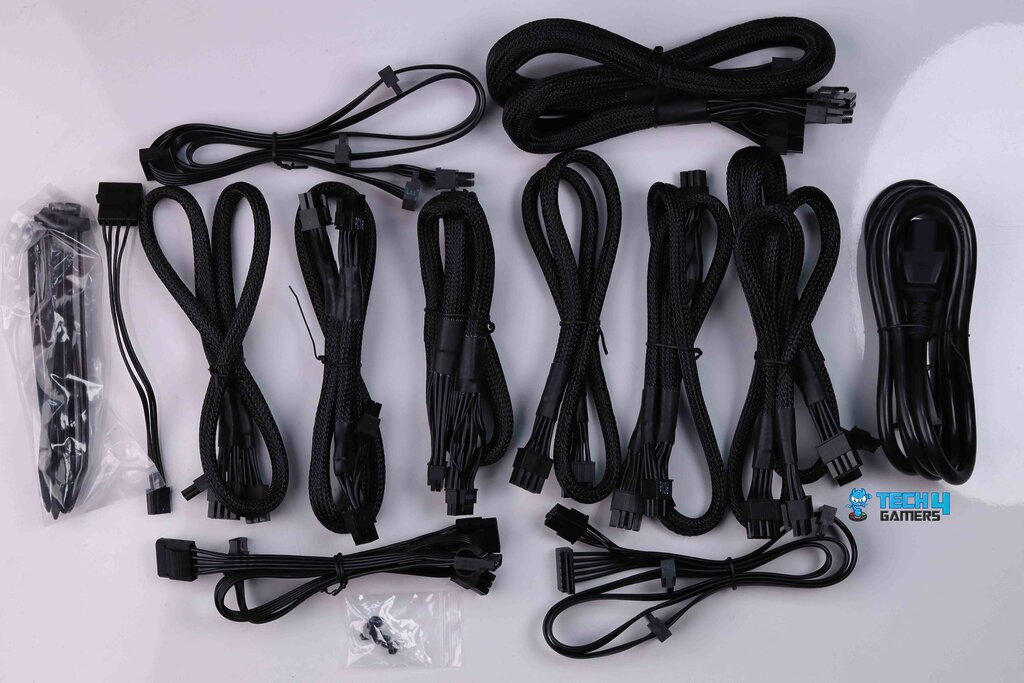
A bag specifically for storing the modular cables is also included. In addition to the standard AC power cord and four mounting screws, the CyberCore II PSU from XPG comes with a number of cable ties and a sheet of stickers for decoration purposes. The ATX, EPS, PCI Express, and 12VHPWR cables are all black and covered in nylon sleeving. In contrast, the power cables for Molex and SATA are just black wires that resemble ribbons.
Finally, the wires are rather lengthy, particularly the ATX and EPS ones. As I expressed my concern in my previous review of XPG Core Reactor II 1200W PSU for using hard-sleeved cables, the same is the case with CyberCore II 1000W! XPG should really stop using such cables that are extremely hard to route in tight spaces.
Design
From the outside, the XPG CyberCore II is subtle due to its understated matte all-black appearance and lack of flashy additions. Its 160 mm chassis length is somewhat longer than the standard ATX design rule of thumb, but that’s normal for a standard high-output PC PSU and surprisingly small for a unit with that much juice.
On the top side of the chassis, you can see a big label that XPG applied, that includes the unit’s electrical characteristics and certifications. On each side of the chassis, located between two punched triangle shapes, you can find simple decorative stickers with the manufacturer and series logos.
The CyberCore II PSU back side is simple, with just the standard on/off button and the standard IEC C14 power connection. There is an empty space that can accommodate a sticker or something, but thus, nothing has been put in.
Even in their most compact form factor, all configurations have managed to attain ETA PLATINUM grade while maintaining a LAMBDA A- rating for noise. This is their official statement that they would provide their PC users with the highest possible performance since the highest quality standards set by Cybenetics have been approved for the XPG CyberCore II series.
Cable Connections
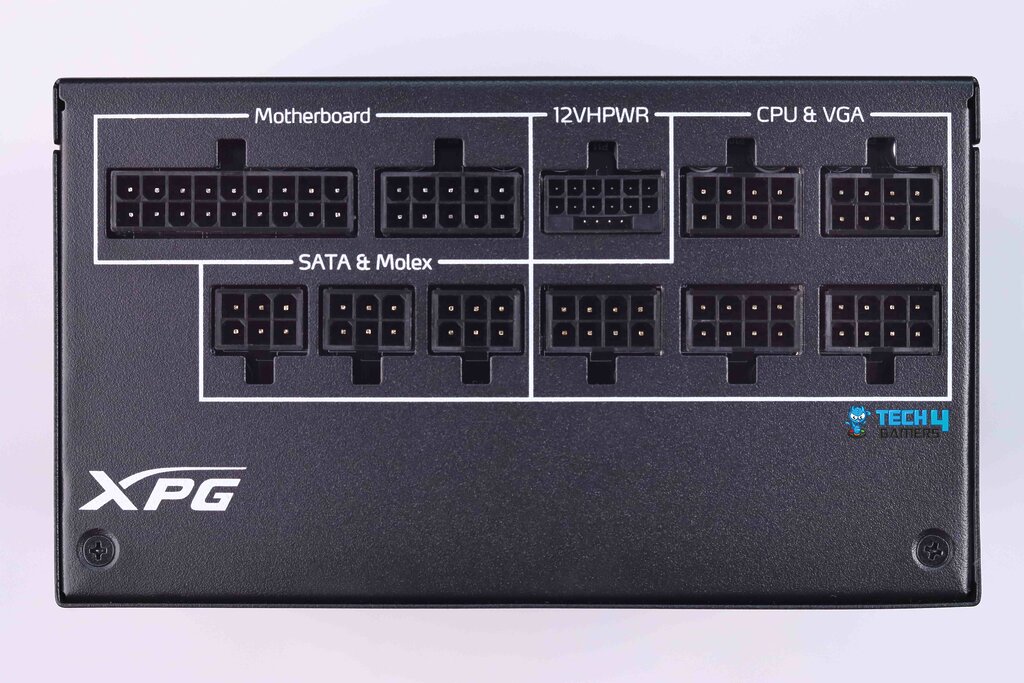
In an effort to accommodate as many connections as possible, the unit’s front side has a remarkable number of modular cable connectors. Where EPS and PCI Express connectors take up over half of the available space. Since there wasn’t much space for a legend, XPG simply painted several headers on the chassis and organized the connections together using simple lines.
The 24-pin ATX connection and all of the DC power cables are detachable thanks to the XPG CyberCore II 1000W PSU’s completely modular design. There are twelve SATA connections, eight 4-pin Molex connectors, two EPS connectors over dedicated cables, six PCIe 6+2 pin with the same number of cables, and one 12VHPWR set at 600W.
There is a great deal of 4-pin Molex and SATA connections. At 150 mm, the spacing between all of the peripheral connections is adequate. Since it comes with a 12VHPWR (12+4 pin) connection, it is compatible with the most recent high-end graphics cards.
Fan
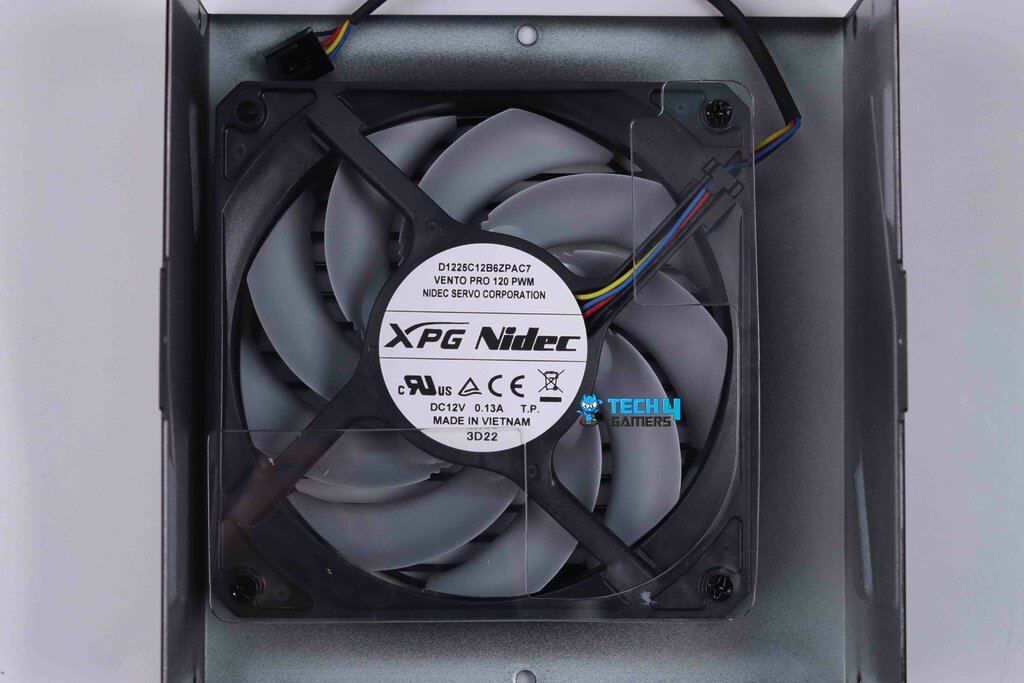
Typically, high-output PSUs have fans measuring approximately 135 mm in size. However, the fan in the XPG CyberCore II 1000W II 1000W PSU is rather smaller. But the XPG CyberCore II 1000W’s 120 mm fan is a top-tier XPG VENTO PRO 120 PWM Fan from Nidec, a world-renowned manufacturer known for its outstanding cooling efficiency, quiet operation, and 60,000-hour lifespan at 60℃ thanks to its Dual Bearing and proprietary design.
It attempts to control airflow by partly covering it with a plastic shield and reaching an extremely high maximum speed of 2150 RPM. Because of the plastic shield and ball-bearing engine, the PSU can make more noise when it’s loaded. However, considering XPG’s 10-year warranty, it’s clear that long-term dependability was a priority.
Its intelligently engineered fan curve extends the life expectancy and minimizes the noise of the XPG CyberCore II series. The PSU has an admirably low noise level for its capacity, earning a Cybenetics A-(25-30 dB[A]) noise certification, all thanks to the top-of-the-line fan from Nidec.
Teardown & Component Analysis
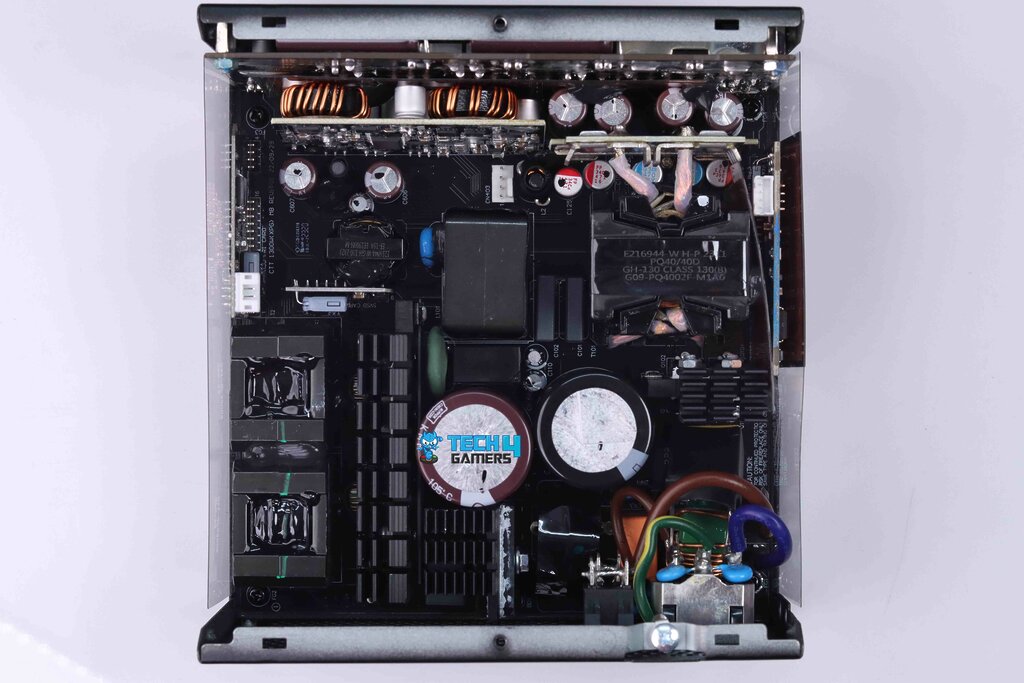
XPG CyberCore II 1000W is based on an updated platform from CWT that was previously used in older CyberCore PSUs from XPG. CWT has tuned up its existing CTT platform to meet Intel’s ATX3.0 specifications. Its major improvements are due to CTT’s Semi-digital design, which not only significantly improves voltage regulation but also has much greater efficiency figures. I still wish to see a fully digital PSU, and I strongly believe XPG is among the very few manufacturers that can achieve this engineering marvel in the near future. So I am hoping for the best.
We first meet with Interleaved PFC on the primary side instead of conventional Active PFC. A dedicated MCU from Texas Instrument controls the workings of Interleaved PFC, making it much more efficient during different load combinations. Full-Bridge & LLC converter makes up for conversion losses when high voltage DC gets chopped off into lower 12V DC via Synchronous Rectification.
On the secondary side, the 12V rail is controlled by a second MCU from Texas Instrument. Though this could also be achieved by using a conventional Analog Controller, the Digital Controller will always remain superior due to its exceptionally fast response time and when I already have very demanding ATX3.0 specifications that allow modern PSUs to maintain their voltage regulation even when the PSU goes up to 200% of their rated power during power excursions, such Digital Controller designs have now become quite essential.
12V rail transformer uses direct solder connections on a vertical PCB that houses 12V rail MOSFETs. A few OEMs solder these MOSFETS on the opposite side of the PCB which causes huge stress on the MOSFETS due to not being able to receive proper airflow, so this approach is always good to see in OEM design.
Furthermore, a dedicated DC-DC daughter board is responsible for converting minor 5V & 3.3V rails. I don’t see hefty heatsinks in this platform because it doesn’t really need them, thanks to its Platinum efficiency and adequate spacing on the PCB coupled with Nidec’s superior quality fan that makes this PSU cool and quiet.
XPG CyberCore II 1000W uses all Japanese high-quality 105℃ capacitors. The electrolytic capacitors are provided by Rubycon and Nippon Chemi-Con, while the polymer capacitors are sourced from FPCAP and United Chemi-Con.
How Did We Test?
At Tech4Gamers, we do things differently when it comes to testing PSUs. Because we are not providing any specific certifications to the PSUs, instead we actually put PSUs through real-life challenges. We’ve created our own special PSU tester based on DC Loading MOSFET modules, that’s designed to measure how well a PSU performs under different stress conditions accurately.
Our main focus is on figuring out how well PSUs handle the demands of gaming computers. We look at things like how stable the voltage is, how efficient the PSU is, how hot it gets, and how much noise it generates in both electrical (voltage ripple) and audible terms. This way, we can give people all the information they need to pick the right PSU for their gaming setup, whether they’re building a top-of-the-line rig or trying to stick to a budget build.
PSU Load Testing
12V & Minor Voltage Rails Regulation
I tested the PSU by gradually loading up the 12V rail at different percentages: 20%, 50%, 80%, 90%, and finally, 100%. Meanwhile, I keep the minor rails, which are the 5V and 3.3V, constant at a combined power of 25W. This is because the minor rails mainly power less-demanding components like HDDs, SSDs, RAM, and other minor parts on the motherboard, so they don’t need as much stress testing. The 12V rail, on the other hand, powers the most power-hungry components like the CPU and GPU, so it undergoes more rigorous testing.
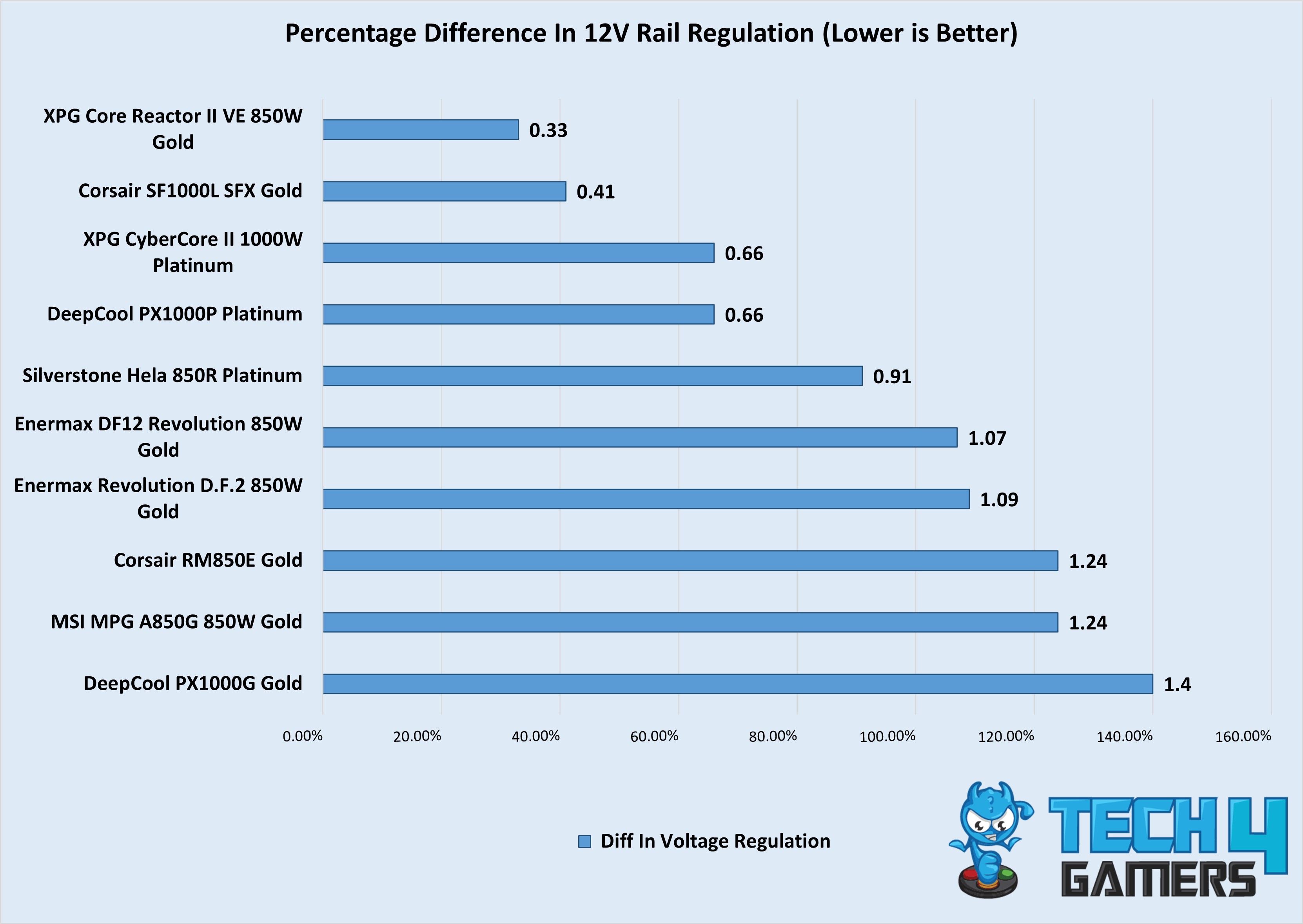
| Load in % | 12V | 5V | 3.3V |
| 20% | 12.05V | 5.05V | 3.29V |
| 50% | 12.02V | 5.04V | 3.29V |
| 70% | 12.00V | 5.04V | 3.29V |
| 90% | 11.97V | 5.04V | 3.28V |
| 100% | 11.97V | 5.04V | 3.28V |
The voltage regulation is outstanding, largely thanks to the implementation of digital controllers. I anticipate that more manufacturers will adopt this design for their PSUs, particularly considering the heavy load on the 12V rail imposed by ATX3.0 specifications and the significant power demands of modern systems.
An essential powerhouse for today’s demanding PC!
PSU Efficiency
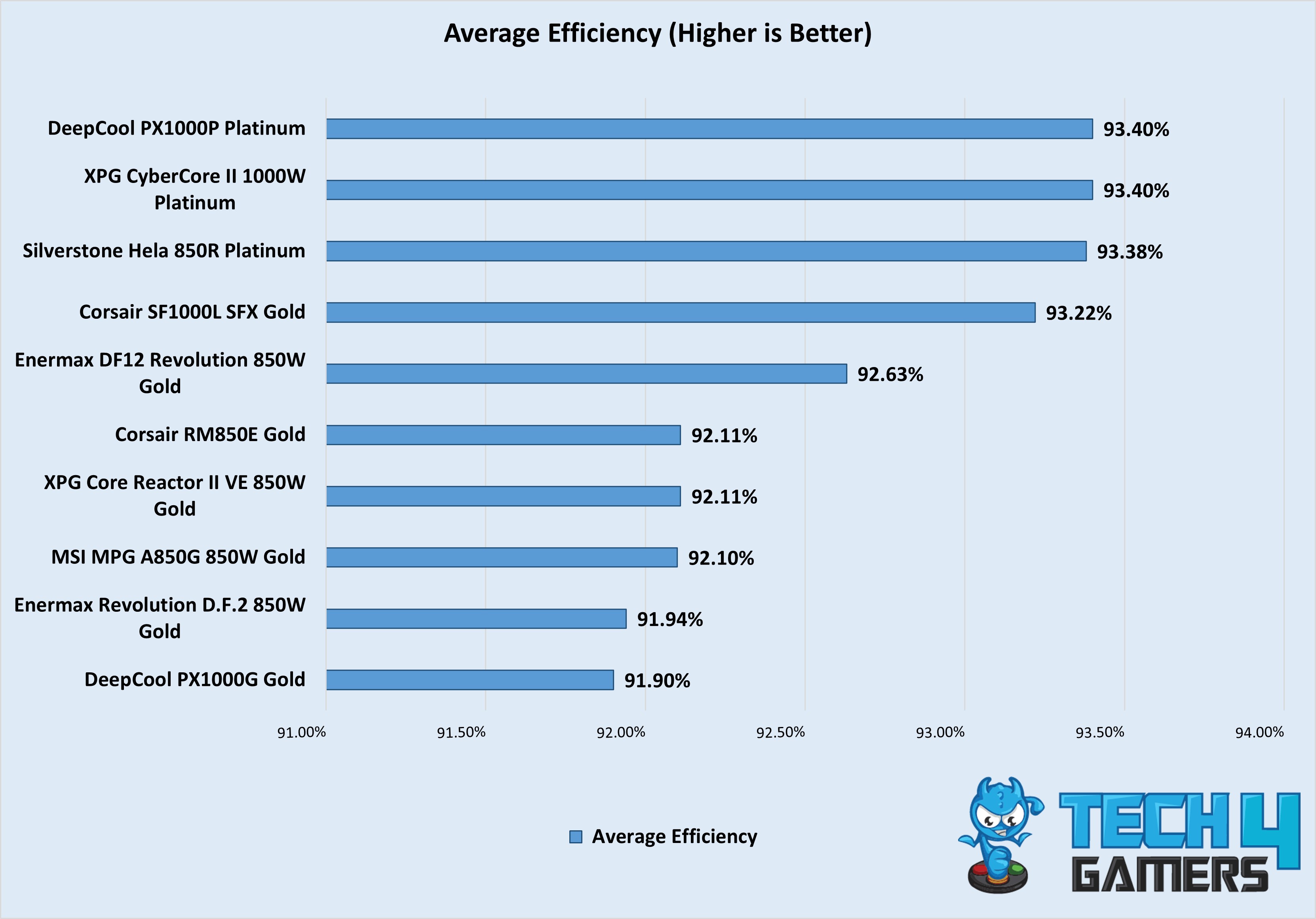
| Load in % | Power Factor | Efficiency |
| 20% | 0.952 | 92% |
| 50% | 0.965 | 94% |
| 70% | 0.971 | 94% |
| 90% | 0.985 | 94% |
| 100% | 0.988 | 93% |
The use of interleaved PFC and digital controllers has greatly boosted the efficiency of the XPG CyberCore II 1000W, making it effortless for it to reach Platinum efficiency.
Voltage Ripple Performance
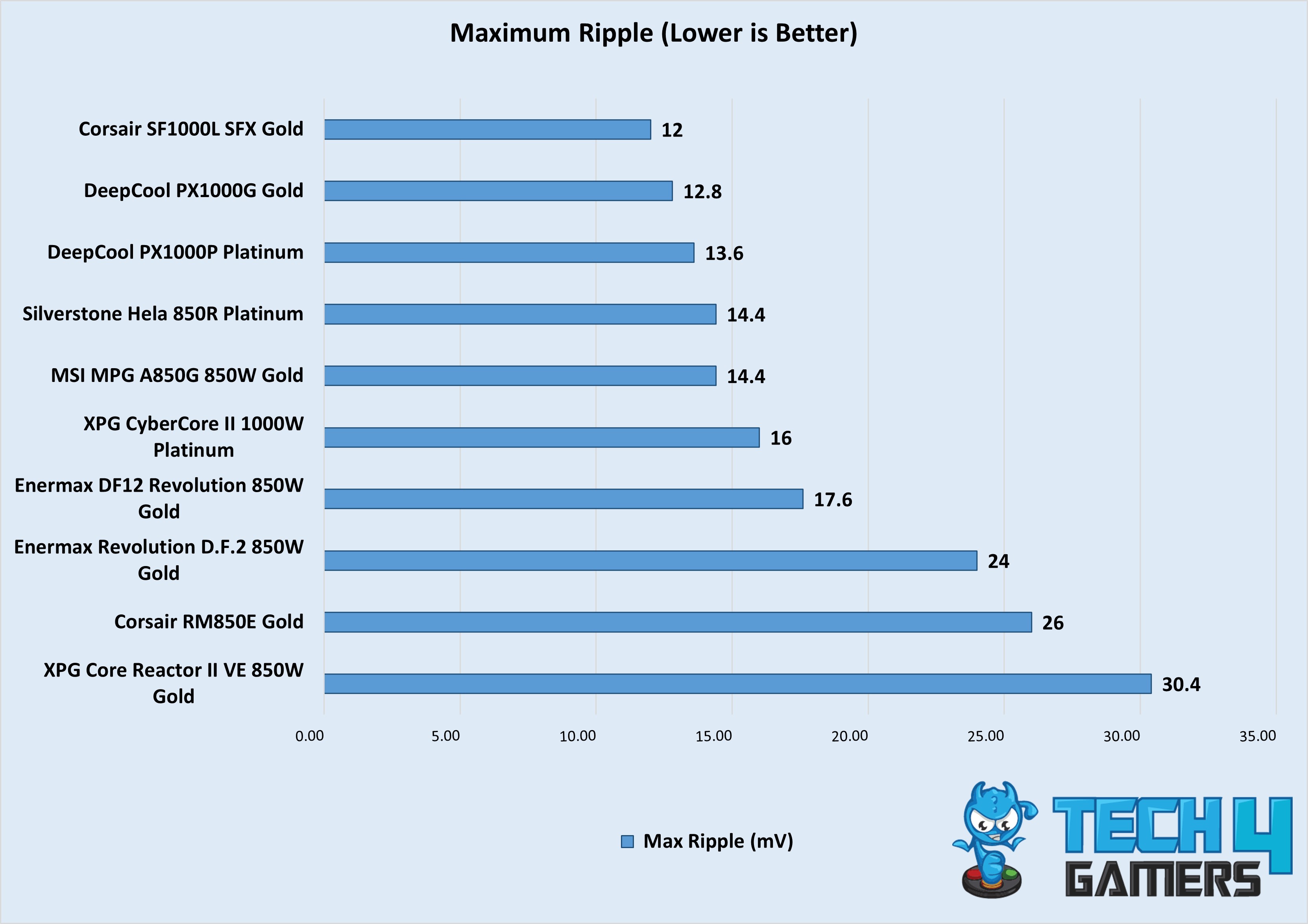
| Load in % | Voltage Ripple |
| 20% | 8.8mV |
| 50% | 9.6mV |
| 70% | 13.6mV |
| 90% | 14.4mV |
| 100% | 16mV |
The ripple performance is quite good, ensuring stable performance even during extreme overclocking.
Temperatures
With the fan switched off at fewer loads, the XPG CyberCore II 1000W’s thermal performance becomes complicated, leading to somewhat high temperatures. But the temperature never gets too high, which would shorten the lifespan of the PSU, and the fan will turn on whenever the thermal control circuit says it has to, no matter how much stress it’s under.
At low to medium loads, the fan is inactive as the load is less than 50% of the unit’s capacity at room temperature hence, there is almost no noise. But, the fan can generate a bit of noise when the load is heavy and continues for a long time. Regardless, it has exceptional noise performance overall.
12VHPWR Cable Performance On Max Load
12VHPWR cable sustained the load of 600W without breaking a sweat at the voltage level of 11.88V.
Should You Buy It?
Buy It If
✅You prioritize reliability and performance: With its premium build quality, Japanese capacitors, and compliance with the latest standards, the XPG CyberCore II ensures stable and efficient power delivery, making it an ideal choice for demanding gaming rigs or professional workstations.
✅You value future-proofing: The PSU’s adherence to Intel’s ATX 3.0 design guide and its compatibility with next-generation hardware ensure that your system remains up-to-date and capable of handling advanced components, offering long-term value for your investment.
Don’t Buy It If
❌You’re on a tight budget: While the XPG CyberCore II offers exceptional quality and performance, its premium features come at a higher price point compared to budget-oriented PSUs. If budget is a primary and PSU efficiency is a secondary concern, there may be more cost-effective options available like XPG CORE REACTOR II which I recently reviewed.
Final Verdict
Thanks to its use of premium active components and electrolytic and solid-state Japanese capacitors, the XPG CyberCore II 1000W has an admirably sturdy construction. The design and quality of the assembly are top-notch. Along with the exceptionally reliable twin-ball-bearing engine, the NIDEC 120mm fan is a great addition that keeps the PSU cool and increases its durability. Of course, the MSRP is a bit high, but there isn’t a cheap semi-digital power supply on the market.
The XPG CyberCore II series’ electrical performance is perhaps its main selling feature. The voltage regulation it provides is quite tight. The PSU energy conversion efficiency is outstanding; it effortlessly meets the standards for 80Plus Platinum certification irrespective of the input voltage. The CyberCore II unit can run passively with loads up to 600 Watts because of its great efficiency, which means it doesn’t need a cooling fan at all when the load is low.
Coming Next: DeepCool PX1000P 80 PLUS Platinum Review
Thank you! Please share your positive feedback. 🔋
How could we improve this post? Please Help us. 😔
[Hardware Reviewer]
After many years of exploiting various pieces of hardware, Abdul Hannan now serves as an editor at Tech4Gamers. He’s been in the PC hardware reviewing industry for almost a decade, and his staff of passionate geeks and reviewers is second to none.
Abdul Hannan is constantly seeking new methods, you will always see him running into New Computer Courses to improve the performance of his computer components since he is an ardent overclocker. He is well-known for providing the most extensive and unbiased analysis of the newest and greatest hardware for PC gaming, including everything from GPUs to PSUs.


 Threads
Threads
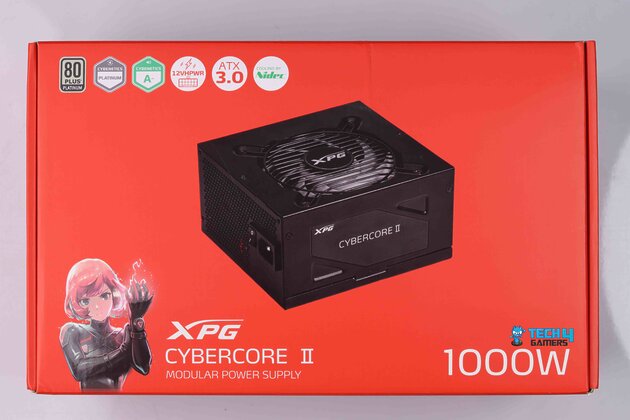
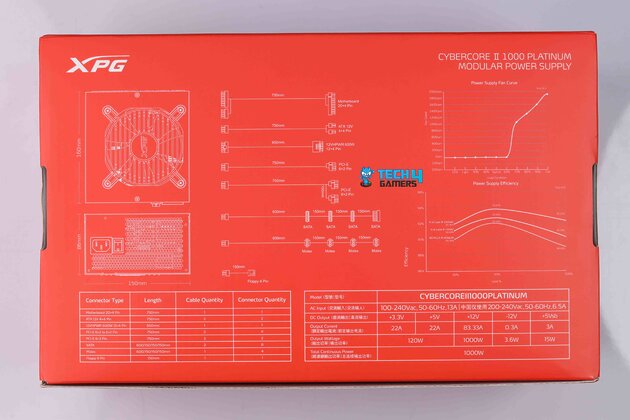

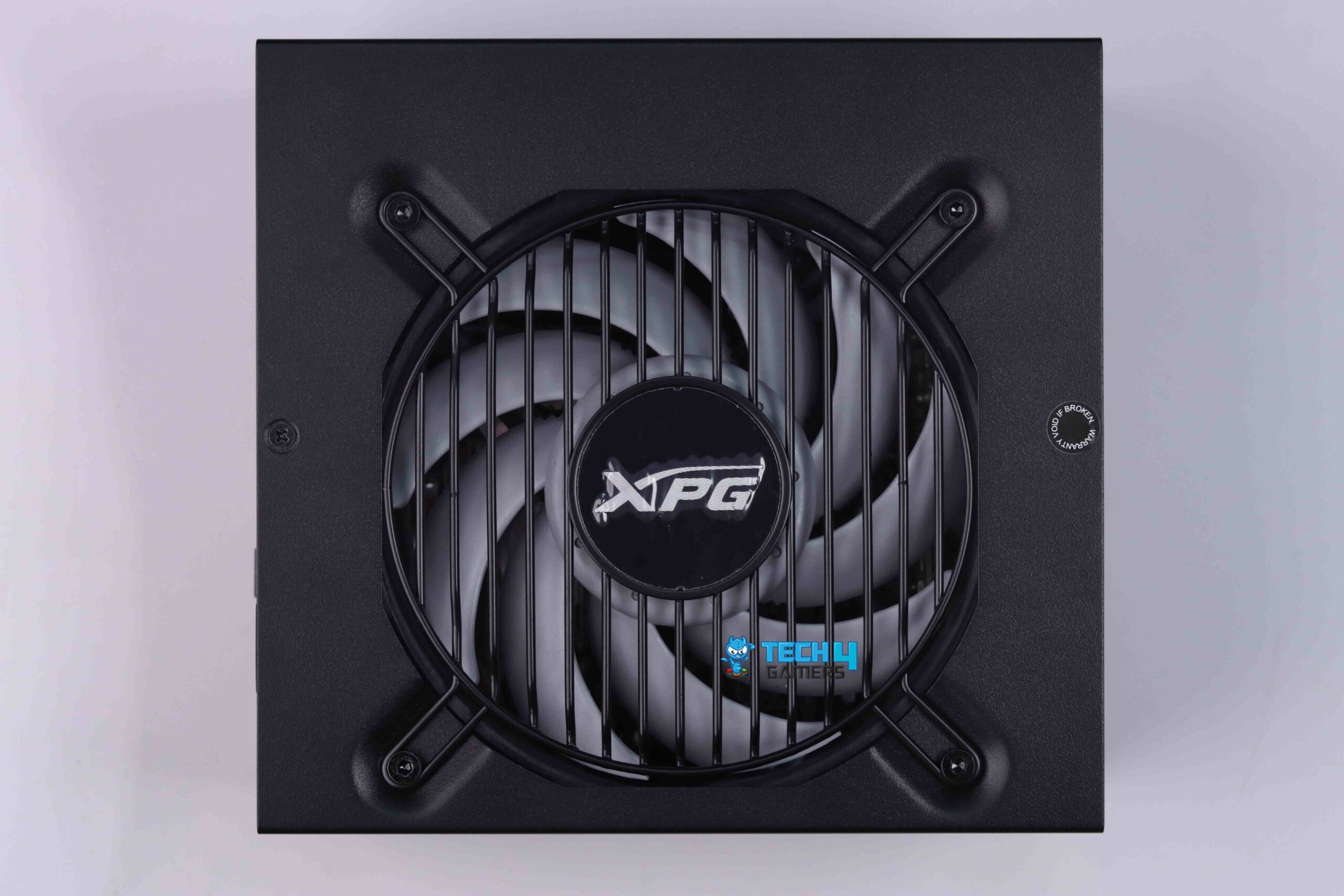
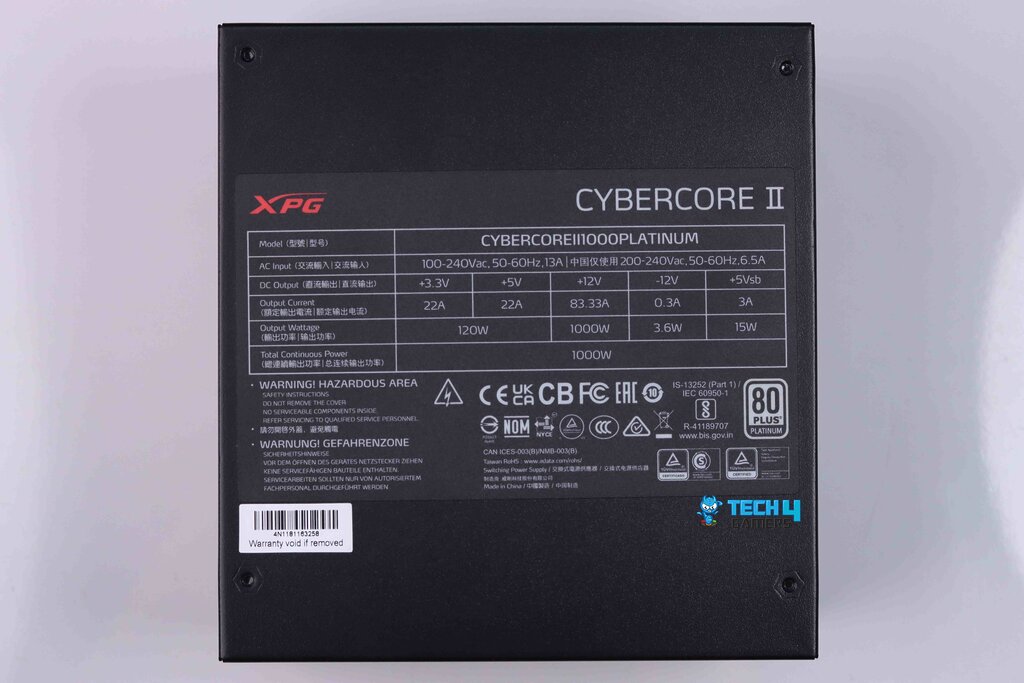
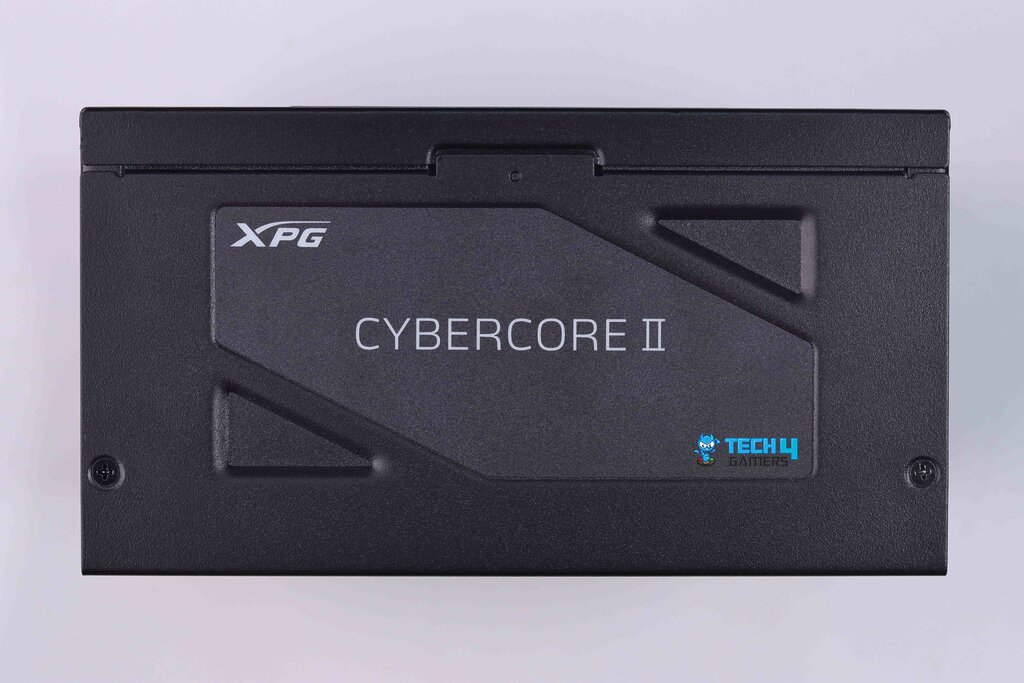
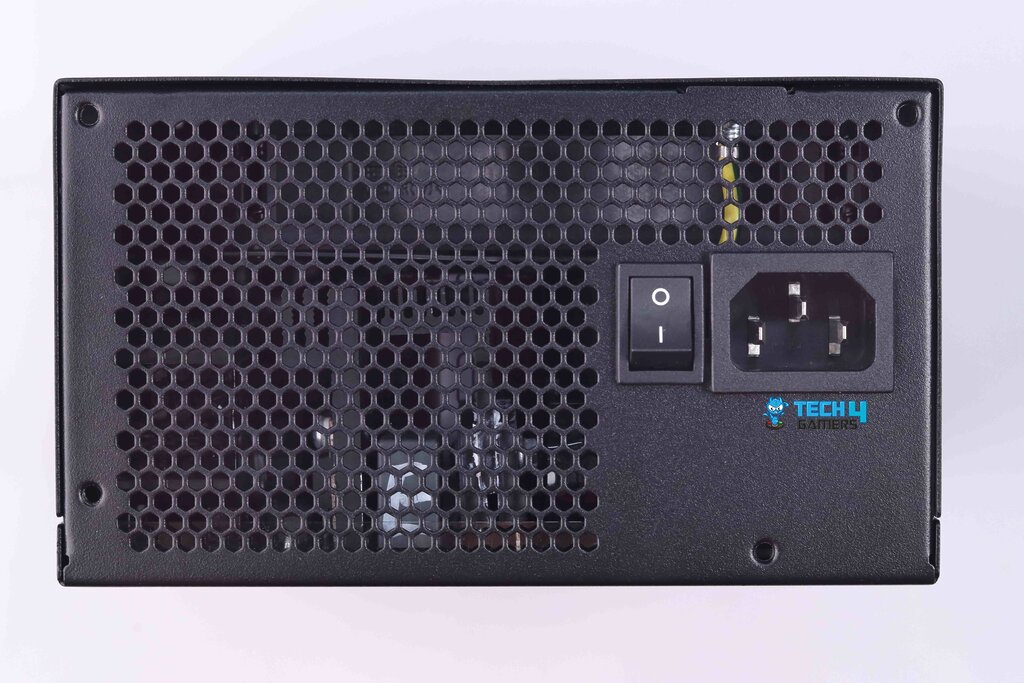
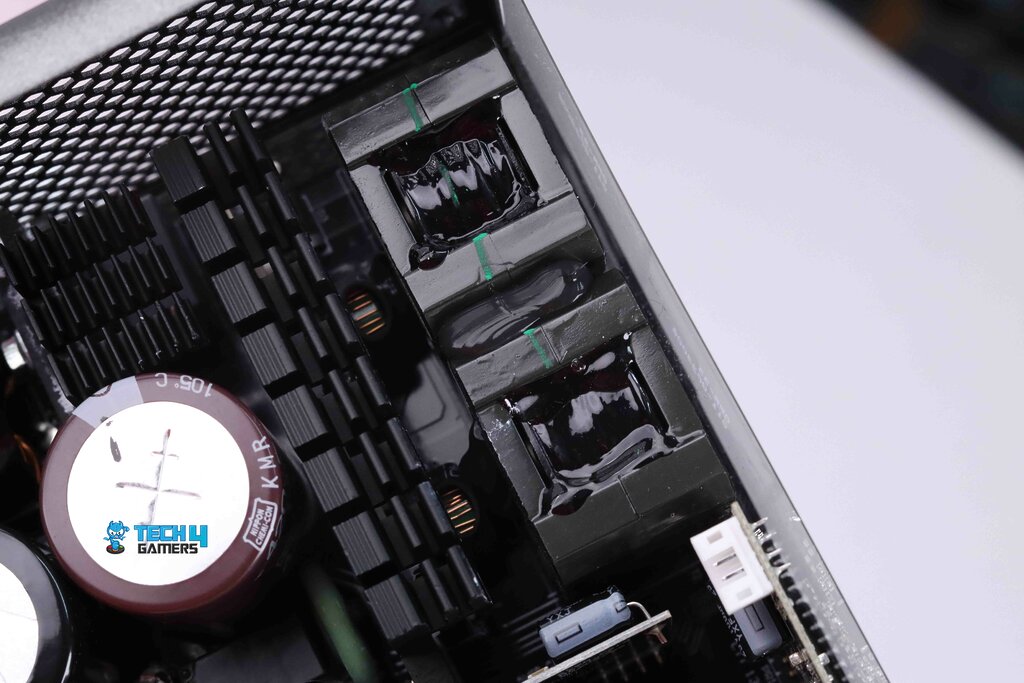
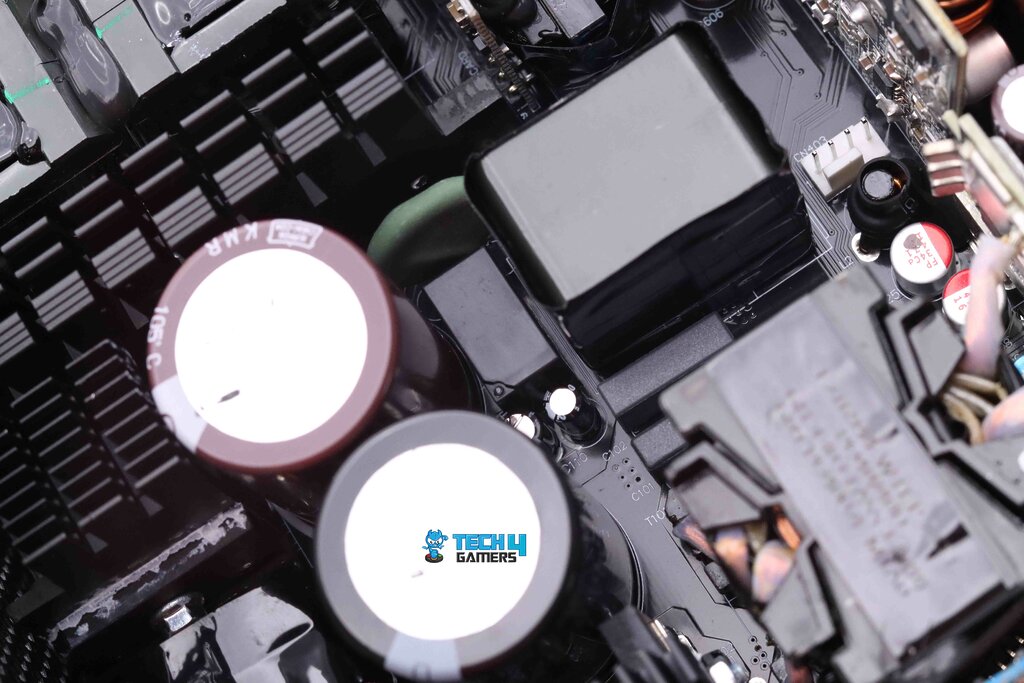
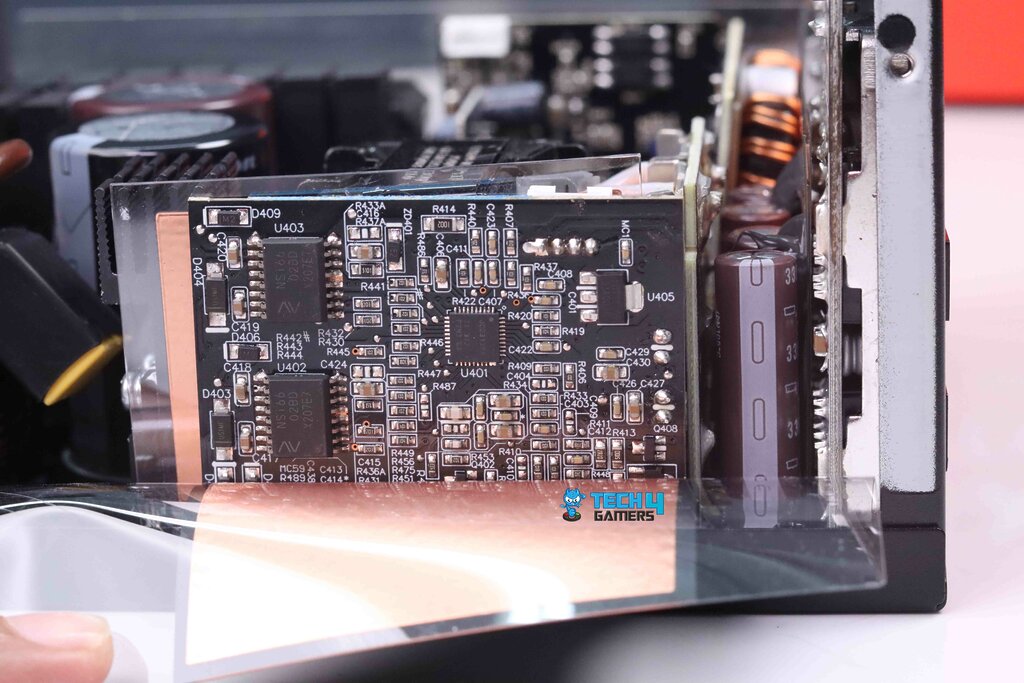
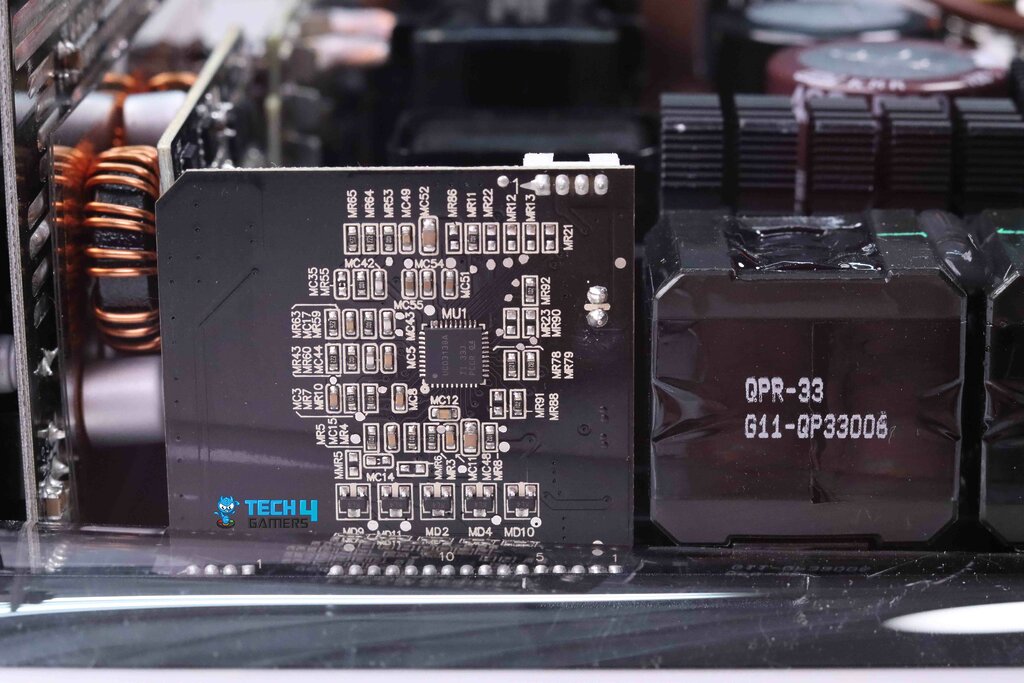
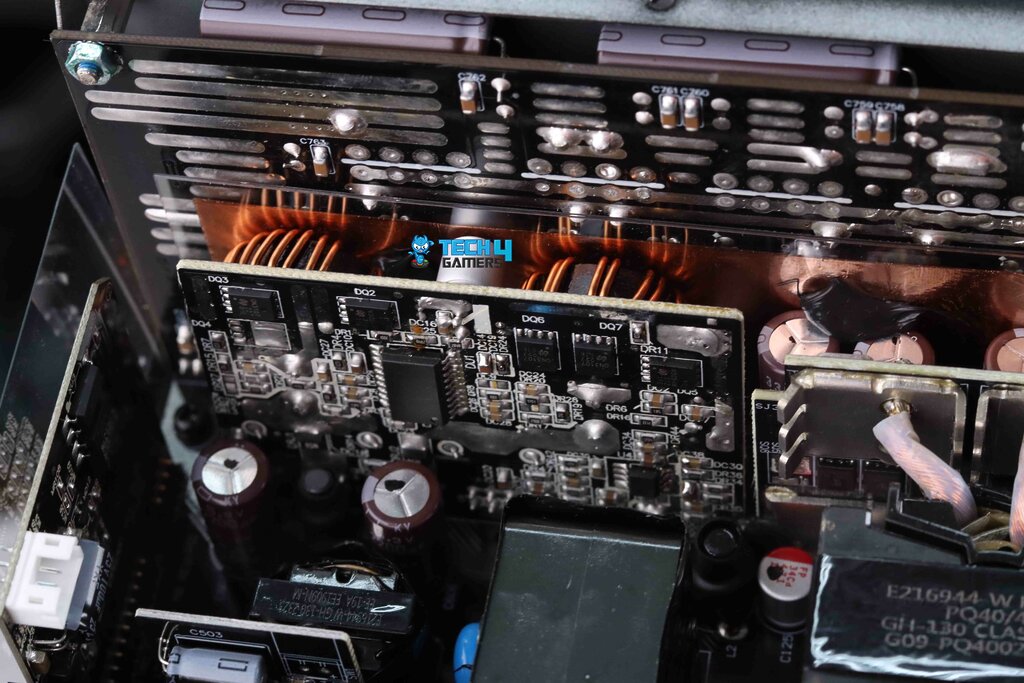
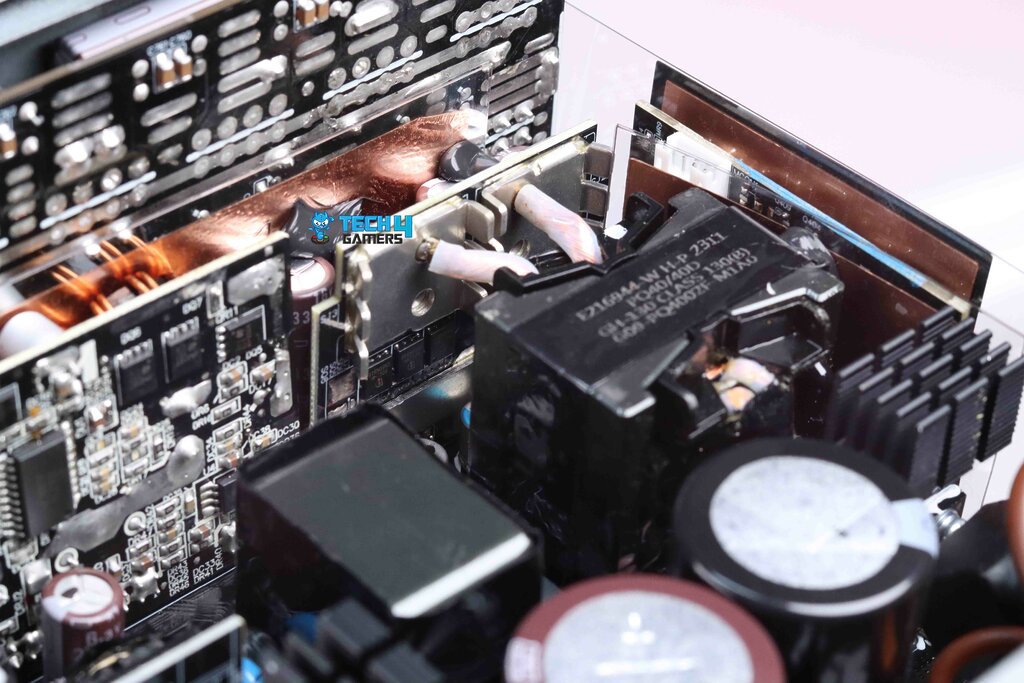
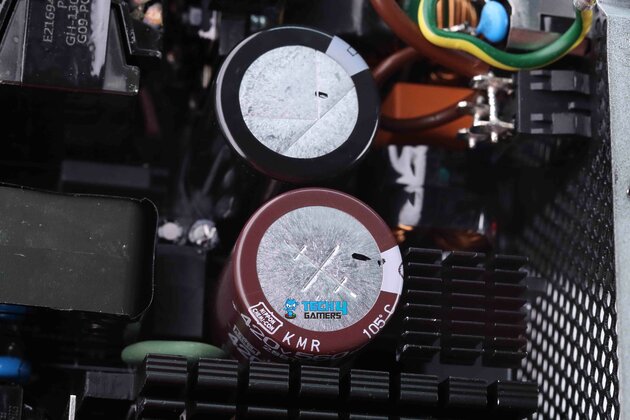
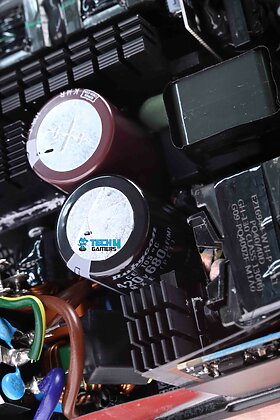
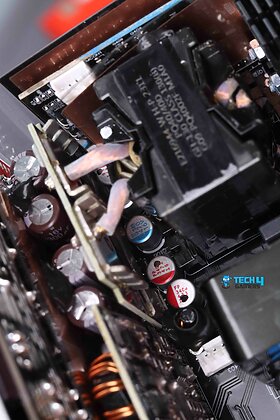
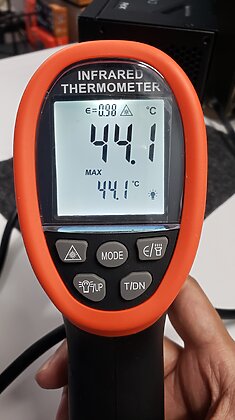
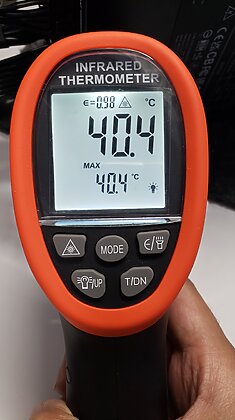
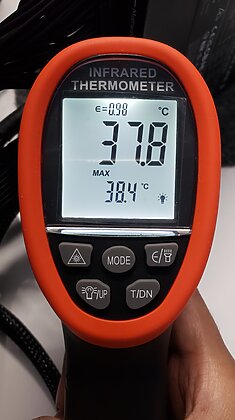
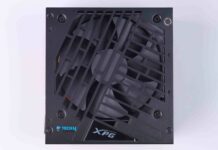
![The 5 BEST PSU For RX 7900 XTX [Tested & Compared] Best PSU For RX 7900 XTX](https://tech4gamers.com/wp-content/uploads/2023/06/Best-PSU-For-RX-7900-XTX-218x150.jpg)
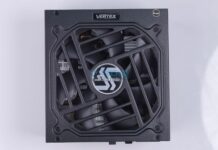
![Best 850W Power Supply In 2025 [Our Top Picks] Corsair RM850e PSU Testing](https://tech4gamers.com/wp-content/uploads/2024/07/Corsair-RM850e-PSU-Testing-218x150.jpg)
